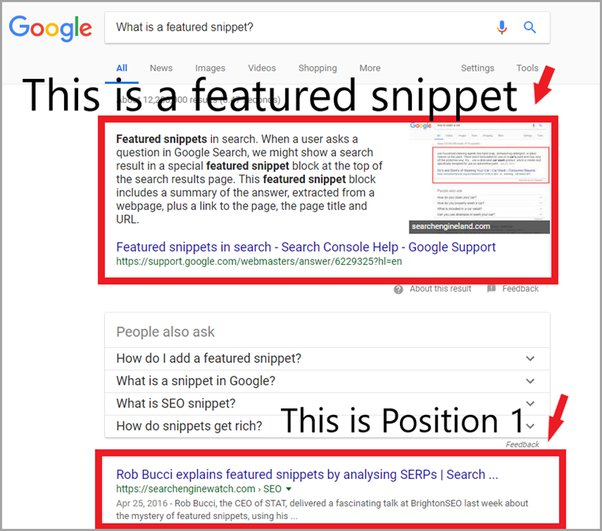
SEO Content Writing Trends (Part 2)
Let’s continue the writing trends from part 1 article.
- Meta Description Optimization.
- Keep them shorter than recommend characters.
The recommend is 150-160 characters, however meta with 120-130 have higher click-through rates by the visitors.
This is especially significant for mobile users.
- Consider this as advertisement.
This can be the main supporter of your title as well as summary for your content to entices the users to click it.
- Use target keywords.
Though Google says meta does not have direct ranking value, however it certainly does have some indirect ranking value for your website.
If the targeted keywords searched, it will become bold in the meta thus provide more relevancy to the users. This will create more click-through that can affect rank value.
Even though Google may not use your own meta description and instead, automatic generate them for the searchers. It is still suggested that you should practice provide unique meta description for every page across the website.
4. Header Tag Optimization.
Header tags are subtopics that use to break up the text and provide structure to your content. Most people scan when reading the content, so the headings are important to tell them about the particular content in the part.
This is also vital for featured snippets that show on the search ranking, as Google will typically use header tag as the bullets for snippet.
For example, search result snippet.

- Use target & related keywords.
Always use main keywords in header tags same as meta description & related keywords in other header tags.
- Don’t Keyword-Stuff
Instead, infuse keywords naturally.
This should be easy if you outlined your content and set out to provide the most valuable information to the reader about the subject.
- Keep them short.
Make it as short as possible, six words or less.
It is a checklist mostly for optimizing content elements
5. Internal Links/Image Optimization.
Internal links are good for SEO, it sends signals to search engine about the relevance of other pages on your website.
- Don’t put lots of internal links in the same page.
Instead, use them where a reader would naturally value the added content to learn more.
- Use a Strong Anchor Text.
The goal here is to use an anchor text that includes the target keyword of the page being linked to.
This practice is all about sending the strongest signals possible to search engines and users about what you think is valuable information that supports the current page’s content.
As for images, remember – search engines can’t read an image (photo, PDF, etc.), hence why we use “alternative” text.
- Each Image Should Have a Unique Title & Alt Text That Includes a Target Keyword.
According to Google, people are looking for images more than billion times each day. If the images have alt text or target keywords in them, you will have images and website expose to them which generate another stream of traffics to your website.
- Use caption wherever possible.
I discovered simply adding captions to images at a motorcycle publication increased on-page time by over 20%.
Explain as much as possible, and don’t keyword stuff.
Here’s an ideal place to use related keywords, but only those related to the image.
Make sure to use italics to differentiate the text from the body of content.
Some content management systems don’t do a good job of this, so simple italics will work.
- Content Optimization.
- First, Think About ‘Psychological’ Space.
This means not writing long, Faulkner-type sentences or creating long paragraphs.
Short and choppy for the win, considering people scan content and will ignore anything that looks hard to read.
This is especially true on mobile!
- Forget About the Keyword Density of a Target Keyword.
Forget about keywords density, use your targeted keywords naturally among the content. You may have a scan for the keywords before writing content and then it usually automatic show up throughout the writing.
- The length for the content.
Longer is better for most situations.
For the main category and product pages, the target is minimum of 500 words.
For parts like articles and blog, you can have more words as it mainly fills up information for the readers and visitors.
- Bullet points, Bold/Italics.
Each element sends strong signals to search engines, explaining that readers and thus search engines, should pay attention because these elements are vital to the content’s message.


